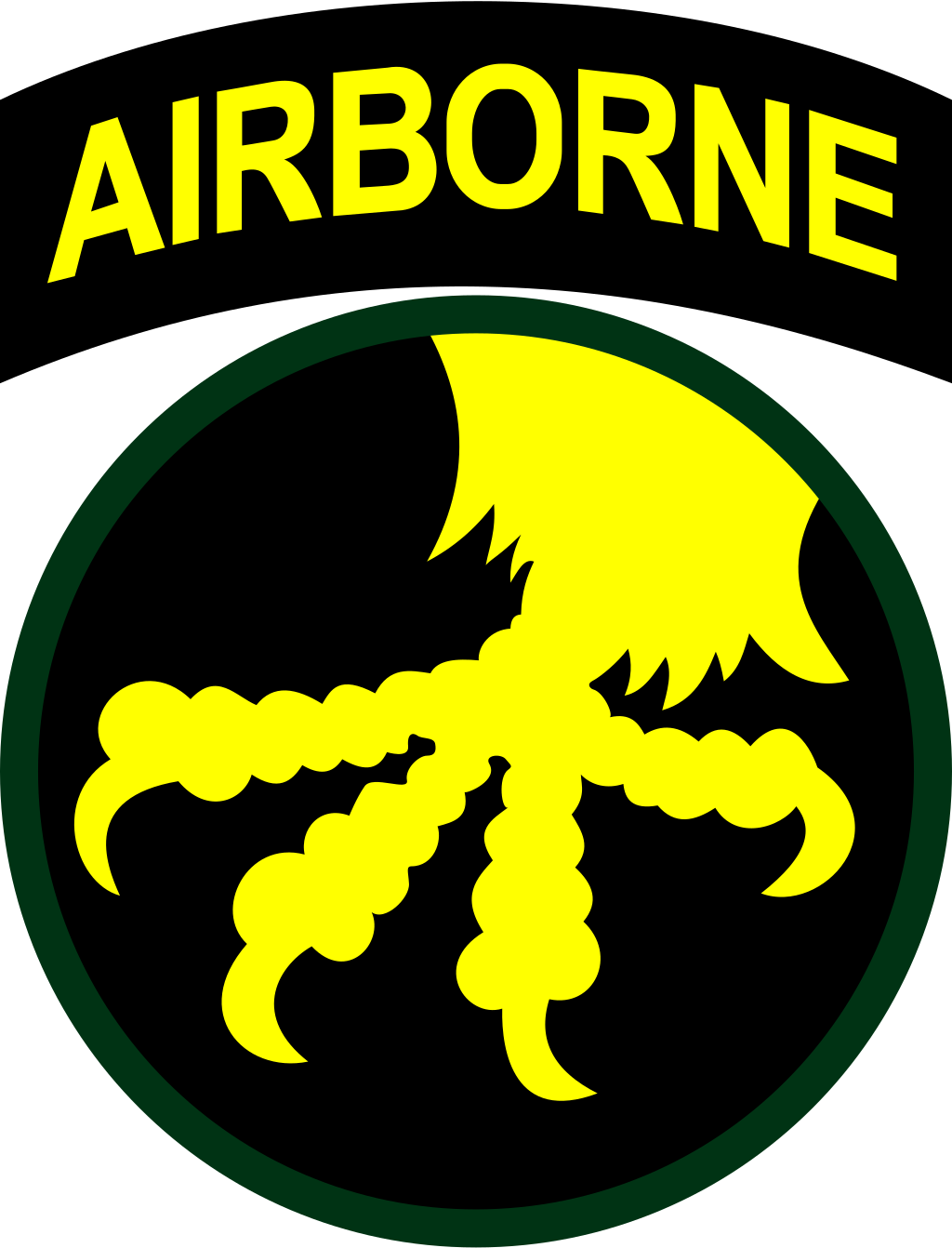
Operation Varsity
The 17th Airborne Division’s Daring and Forgotten Victory
When most Americans think of WWII airborne heroes, names like the 101st “Screaming Eagles” at Bastogne or the 82nd Airborne at Sainte-Mère-Église come to mind. But few recall the 17th Airborne Division—a lesser-known unit that pulled off one of the boldest and most successful airborne assaults of the entire war: Operation Varsity.
🪂 Overshadowed but Elite
Activated in April 1943, the 17th Airborne Division missed D-Day and Market Garden, and thus lacked the household-name status of the 82nd and 101st. But in March 1945, they were thrust into the spotlight for what would become the largest single-day airborne drop in military history.
⚡ A Bold Strike Across the Rhine
On March 24, 1945, as part of the Allied Operation Plunder, the 17th Airborne dropped more than 9,000 paratroopers and 1,300 glider infantry behind enemy lines near Wesel, Germany. Their mission: secure bridges, destroy German artillery, and pave the way for the Allied thrust into the Ruhr industrial heartland.
🔥 Head-to-Head With the Wehrmacht
Unlike earlier airborne ops, Varsity was conducted in daylight—a deliberate decision to maximize precision and coordination. But it came at a cost. Paratroopers faced intense anti-aircraft fire, glider crashes, and counterattacks from battle-hardened German units.
In spite of heavy losses, the 17th completed all objectives within 24 hours. In one town alone—Hamminkeln—they fought house to house to root out German defenders, capturing thousands and clearing a critical supply route.
📊 Operation Varsity by the Numbers
- 🪂 9,387 17th Airborne paratroopers jumped in one day
- 🪖 1,318 glider troops landed in support
- ⚰️ 1,378 U.S. casualties (killed, wounded, or missing)
- 🏅 Over 22 high valor awards, including Distinguished Service Crosses
- 🎯 50+ German artillery batteries neutralized
- 🎖️ 3,500+ German troops captured by 17th Airborne
🪖 How They Compare to the 82nd & 101st
While the 82nd and 101st gained glory in Normandy and the Battle of the Bulge, the 17th proved they could execute a precision mass assault under fire, against organized German resistance. Varsity was:
- ✔️ The largest airborne op in one calendar day
- ✔️ Executed after the Allies had full air superiority
- ✔️ Completed with fewer preparation weeks than Market Garden
Their heroism was equal—the recognition was not. History largely forgot the 17th Airborne, which was deactivated after WWII, while its sister divisions lived on.
“The 17th proved that airborne warfare wasn’t just a D-Day tactic—it was a war-winning strategy to the very end.”
Today, military historians regard Operation Varsity as the textbook example of airborne-ground coordination. The 17th Airborne Division’s role was central, courageous, and every bit as deserving of honor as any other airborne unit in WWII.